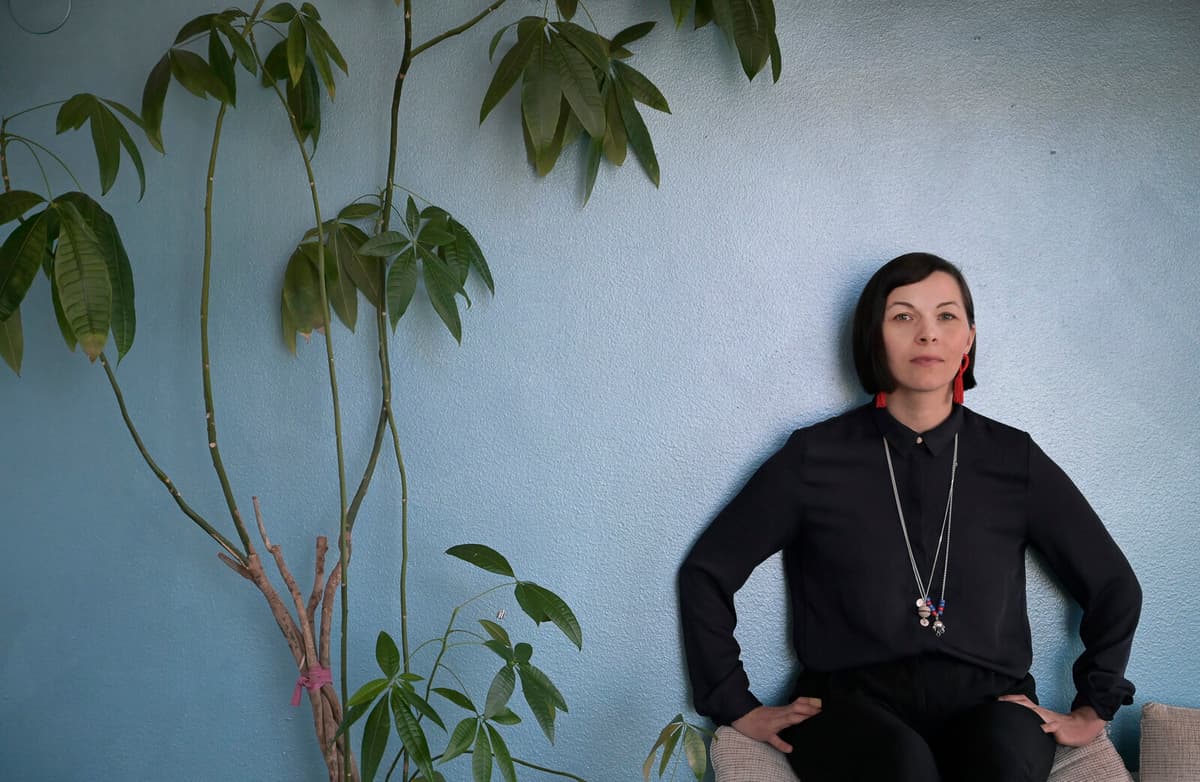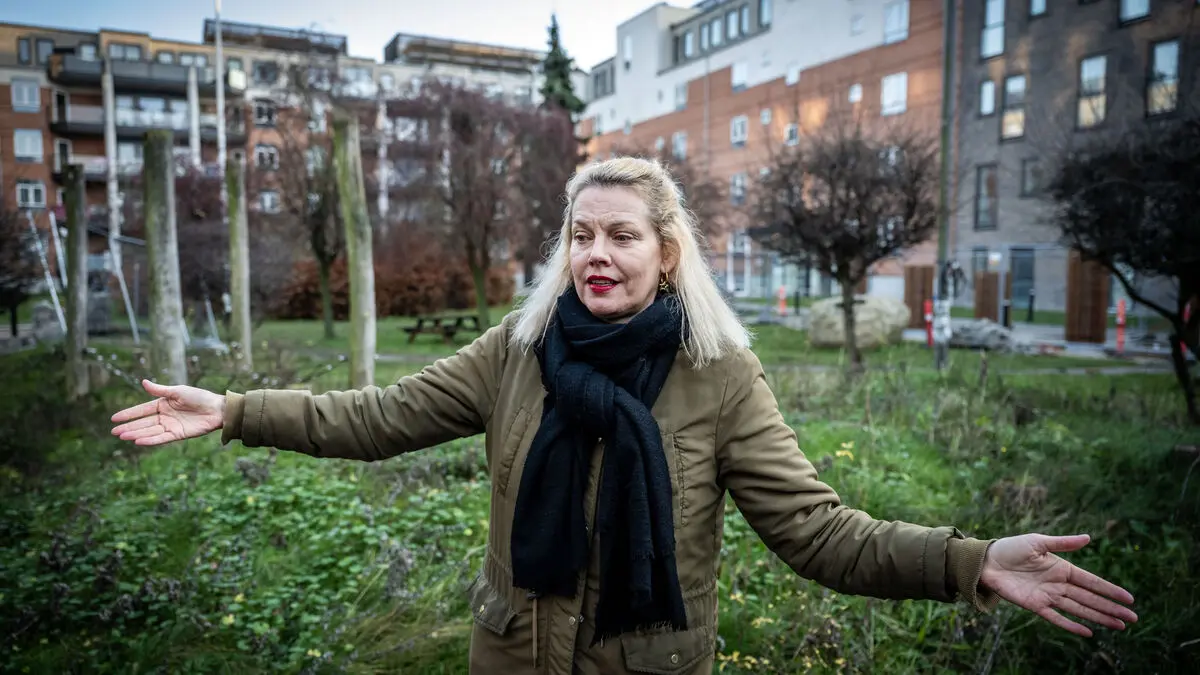The publication is minimal. Ten years ago, a book was published every five years in one of the five Sami languages spoken in Swedish Sápmi – all genres included. Now, the publication rate has increased to 1.6 books per year.
There are very few books in Sami and those that are published are invaluable. You can't learn a language without reading or writing it, we really need more, says Elin Anna Labba.
"Not for everyone"
TT: What do you say to those who can't read Fredrik Prost's book in North Sami?
Not all books are for everyone, that's just the way it is, while many more people in the world should have access to books. From a majority perspective, you're probably used to getting most things, but if you belong to a minority, you're quite used to not getting everything.
When the Norwegian author Kathrine Nedrejord, whose novel "Sameproblemet" will be published in Norwegian this fall, started writing ten years ago, she was advised against writing about Sami issues by Norwegian publishers. Nobody would want to read it. Now, the publishers have changed their minds.
In full
Kathrine Nedrejord writes about Sami issues in Norwegian, but fully defends Fredrik Prost's refusal to translate into majority languages.
History has taught us not to trust the majority society, our culture has either been exoticized or devalued, misunderstood. A lot has been "lost in translation" between Sami culture and Scandinavian culture.
But it's also about not always having to take into account those who don't speak Sami, but about being able to create our own spaces where we can just be.
1. Paulus Utsi's "Giela giela":
A Sami Tranströmer in North Sami, he would need a new translation, though.
2. Nils-Aslak Valkeapää, who yoiked at the opening of the Olympic Games in Lillehammer and is the only author to have received the Nordic Council's Literature Prize for a work written in Sami: "Solen, min far" (1988) – a depiction of the Sami people's cultural history, from rock carvings to the present:
He was important for us even being at the Book Fair today.
3. Elle Márjá Vars:
She has written children's and young adult books for several generations of Sami children and is still the author my children want to read.
4. Linnea Axelsson's "Ædnan", written in Swedish:
Already a modern Sami classic. It's timeless, it could have been written 40 years ago, she takes such big steps on topics that are evil and broken in Sami society, like school and language loss.





